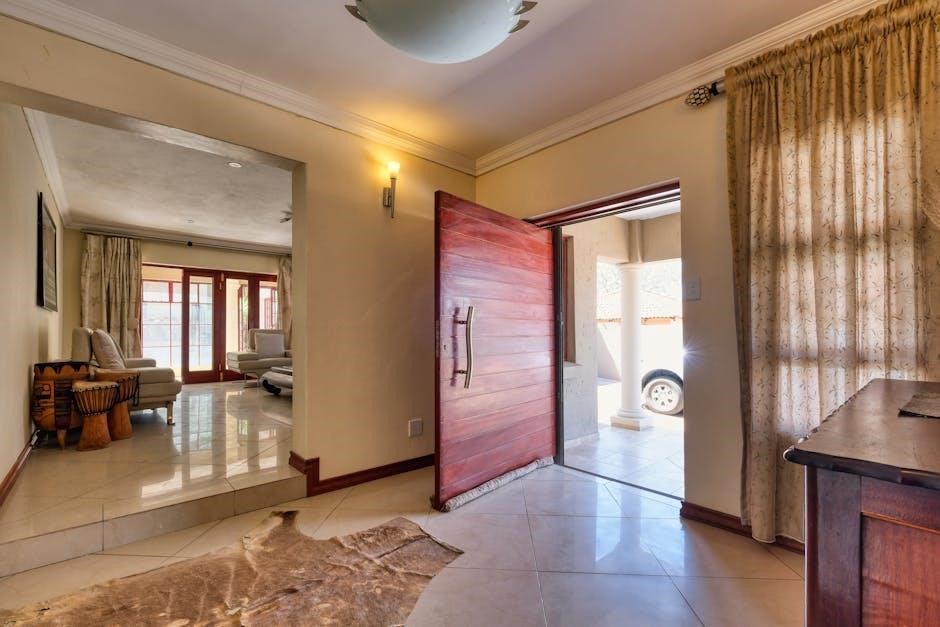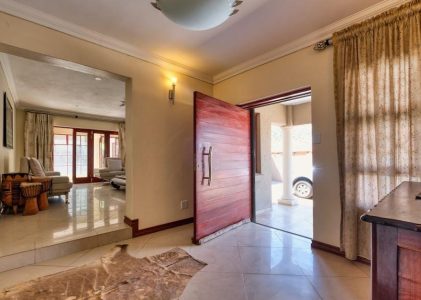Measure your entryway’s length and width to determine the ideal rug size. Consider traffic patterns and door swing. Standard sizes range from 4×6 feet for larger spaces to 2×3 feet for smaller areas. Choose a rug that balances functionality and style, ensuring it fits your budget and maintenance needs.
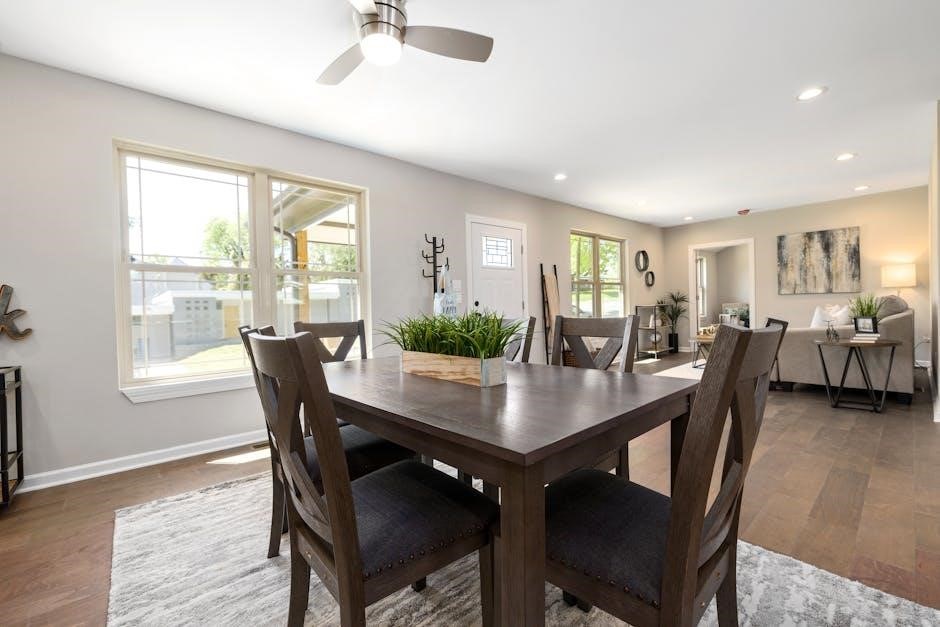
Importance of Measuring Your Space
Measuring your entryway is the first and most critical step in selecting the perfect rug. Accurate measurements ensure the rug fits seamlessly, complementing the space without overwhelming it. A rug that’s too small may look out of place, while one that’s too large can disrupt the room’s flow. Start by measuring the length and width of your entryway, including the distance between walls, door openings, and any obstructions like stairs or furniture. Consider the path people will take through the area to ensure the rug is large enough to cover high-traffic zones. Don’t forget to account for door swings, as they can impact how much space the rug will occupy. Using painter’s tape to mark the intended rug area can help visualize the fit. Proper measurement ensures functionality, safety, and style, making it essential for a successful entryway rug installation.
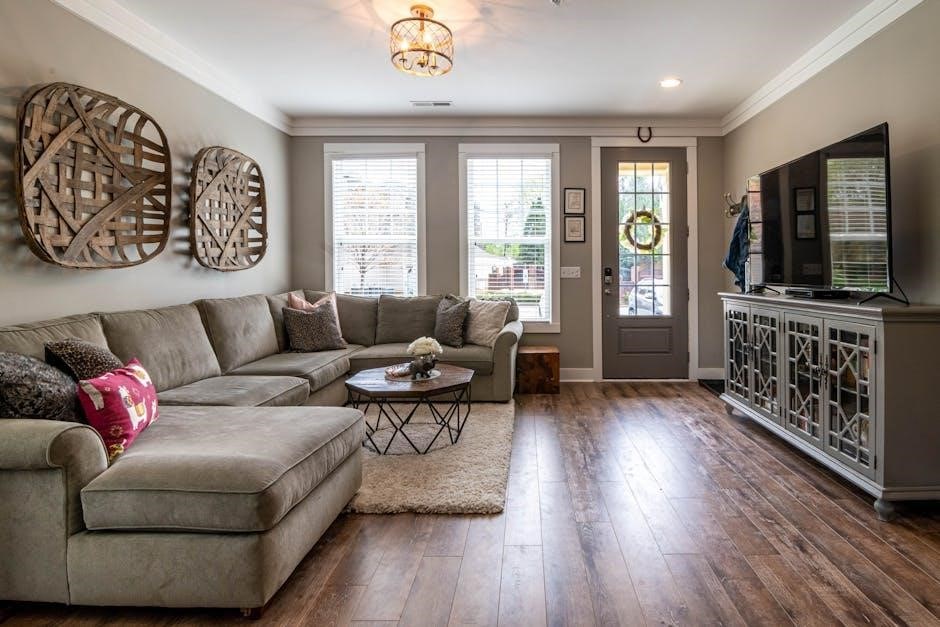
Standard Entryway Rug Sizes
Choosing a rug that fits your entryway perfectly starts with understanding standard sizes. The most common entryway rug sizes are 2×3 feet, 4×6 feet, and runner rugs, which are ideal for narrow or elongated spaces. These sizes are designed to accommodate various entryway configurations, ensuring both functionality and style.
A 2×3-foot rug is perfect for smaller entryways, providing a welcoming touch without overwhelming the space. For larger entryways or high-traffic areas, a 4×6-foot rug is recommended, as it offers ample coverage and durability. Runner rugs, typically measuring 2×8 feet or longer, are great for hallways or narrow entry spaces, guiding foot traffic smoothly.
When selecting a size, consider the flow of your space and the amount of foot traffic. Ensure the rug fits comfortably, leaving enough room around it for easy movement. By choosing a standard size, you can enhance your entryway’s appearance while maintaining practicality.
Consideration of Traffic and Usage
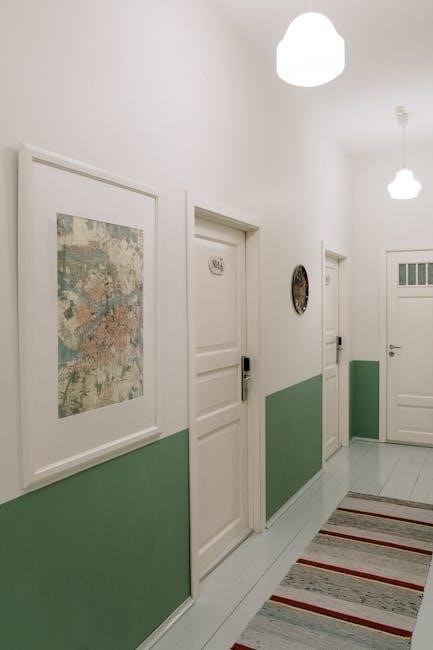
When selecting an entryway rug, it’s essential to consider the level of traffic and usage the area receives. High-traffic entryways, such as those used daily by family members, require durable rugs made from sturdy materials like nylon or polypropylene. These rugs can withstand heavy foot traffic and are easy to clean, especially in areas exposed to snow and rain, as seen in Chicago suburbs.
For low-traffic entryways, such as those used primarily for guests, you can opt for more decorative rugs with softer materials. However, the rug’s size and placement should still accommodate the flow of movement. Ensure the rug extends beyond the door swing and fits comfortably within the space, allowing easy access without obstruction.
Considering the usage helps balance functionality and aesthetics. A rug that’s too small may not provide adequate coverage, while one that’s too large can make the space feel cramped. Measure the area carefully and choose a rug that aligns with both the traffic patterns and the intended use of the entryway.
Shape Selection
The shape of your entryway rug plays a crucial role in enhancing the functionality and aesthetic appeal of the space. Rectangular rugs are the most common choice, as they fit well in standard entryways and provide ample coverage. However, round or oval rugs can add a softer, more welcoming touch, especially in smaller or uniquely shaped entryways.
For narrow entryways or hallways, consider a runner rug, which is long and slim, perfect for guiding foot traffic. The shape should also complement the surrounding decor and furniture. For example, a round rug can create a cohesive look with a circular mirror or table, while a rectangular rug aligns well with linear designs.
When choosing a shape, consider the space constraints and door swing. A round rug might be ideal in tight spaces to avoid obstruction, while a larger rectangular rug can anchor the area in an open entryway. Ultimately, the shape should balance practicality and style, ensuring the rug fits seamlessly into your entryway’s design.
Visualizing the Rug Placement
Visualizing how a rug will look in your entryway is essential before making a purchase. One effective method is to use augmented reality (AR) apps, which allow you to see the rug in your space virtually. This technology helps you gauge size, shape, and color accuracy without commitment.
Another approach is to sketch your entryway on grid paper, marking the rug’s dimensions. This visual aid helps plan the layout and ensures the rug complements the surrounding decor. Consider the lighting in your entryway, as it can affect how the rug’s colors and texture appear.
Testing different orientations or shapes can also provide insights. For instance, a round rug might soften a narrow space, while a rectangular one could enhance a wider area. Proper visualization ensures the rug becomes a harmonious focal point, guiding foot traffic smoothly and enhancing the entryway’s aesthetic appeal.
Material and Pile Height
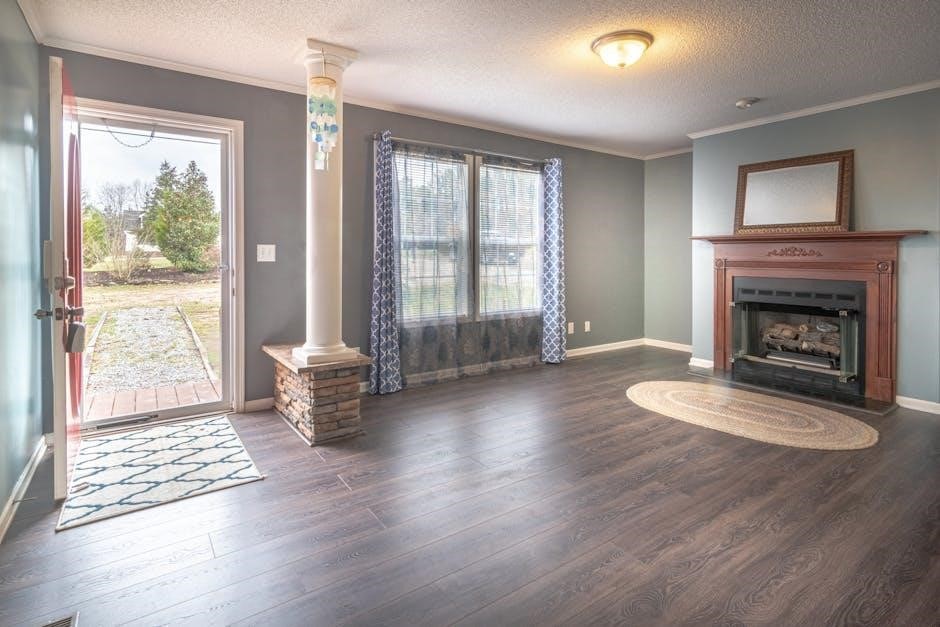
The material and pile height of your entryway rug are critical for both functionality and aesthetics. For high-traffic areas, opt for durable, water-resistant materials like nylon or polypropylene, which can withstand moisture and heavy foot traffic. Natural fibers, such as sisal or jute, are less practical for entryways due to their absorbency and susceptibility to moisture damage.
Pile height should also be considered. Low-pile rugs (less than 1/4 inch thick) are ideal for entryways, as they are easier to clean and less likely to trap dirt or water. Avoid high-pile rugs, as they can retain moisture and allergens, making them unsuitable for spaces exposed to rain or snow. A flat-weave or indoor/outdoor rug is a great choice for entryways, offering both durability and a sleek appearance. Ultimately, the material and pile height should align with your lifestyle and the specific demands of your entryway.
Balancing Function and Style
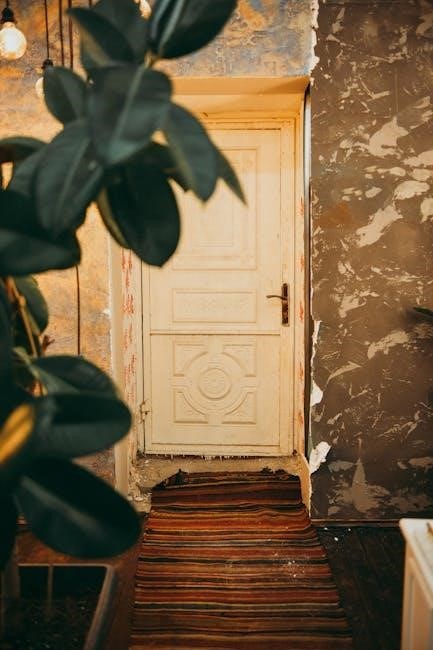
Balancing function and style is essential when selecting an entryway rug. While the rug must withstand heavy traffic and moisture, it should also complement your home’s aesthetic; Choose materials and patterns that align with your interior design while ensuring durability. For high-traffic entryways, opt for water-resistant rugs with subtle patterns that hide dirt and stains. Natural fibers like sisal or jute add a stylish touch but may not be as practical in snowy or rainy climates.
Consider the rug’s color and texture to enhance your entryway’s ambiance. A neutral tone can blend seamlessly with any decor, while a bold color or pattern can create a welcoming focal point. Ensure the rug’s size and shape fit the space, leaving enough floor visibility to maintain a balanced look. By prioritizing both functionality and style, you can create an entryway that is both beautiful and practical, setting the tone for your home’s interior. This balance ensures your rug serves its purpose while enhancing the overall design of your space.
Door Swing Consideration
When selecting an entryway rug, it’s crucial to consider the door swing to ensure the rug fits properly and doesn’t obstruct the door’s movement. Measure the door’s swing arc to determine how much space the rug will occupy when the door is fully open. A rug that is too large or poorly positioned may bunch up or get caught under the door, creating an uneven surface.
To avoid this, choose a rug size that allows at least 6-8 inches of clearance between the rug’s edge and the door swing. For entryways with double doors, ensure the rug extends evenly on both sides to maintain a balanced look. Use painter’s tape to mark the rug’s dimensions on the floor before purchasing, ensuring it fits comfortably within the door’s swing path. If the rug does get caught, consider adjusting its position or selecting a smaller size. Proper planning ensures the rug enhances the entryway’s functionality and aesthetics without interfering with daily use.
Budget and Quality
When selecting an entryway rug, your budget and the rug’s quality are key considerations. Rugs vary widely in price, so it’s important to set a budget before making a purchase. High-quality rugs made from durable materials like wool or natural fibers may be more expensive but offer better longevity, especially in high-traffic areas. However, budget-friendly options like synthetic fibers or flat-weave designs can also provide excellent functionality and style.
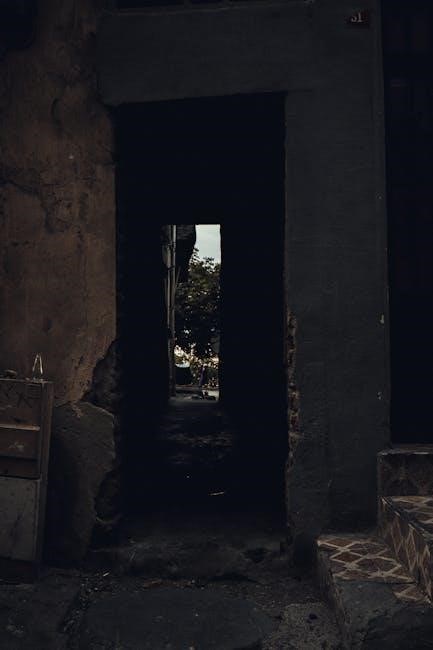
Consider the rug’s purpose: if it’s for a busy entryway prone to moisture and dirt, prioritize durability and ease of cleaning. A higher-quality rug may be worth the investment for its resistance to wear and tear. On the other hand, if aesthetics are your focus, a stylish but less durable option might suffice. Balance your needs and budget to find a rug that meets both functional and stylistic requirements without overspending. Always check reviews and product descriptions to ensure the rug meets your expectations for quality and value.
Maintenance Tips
Proper maintenance ensures your entryway rug remains functional and visually appealing. Start by vacuuming the rug regularly, especially in high-traffic areas, to remove dirt and debris. For spot cleaning, use mild soap and water, avoiding harsh chemicals that could damage the material or colors. Consider rotating the rug every 6-12 months to ensure even wear and extend its lifespan. If the rug has a rubber backing, check it periodically to prevent slipping or damage. For rugs exposed to moisture, ensure they dry thoroughly after cleaning to prevent mold or mildew. Avoid placing the rug in direct sunlight for extended periods, as this can cause fading. If you live in an area with heavy snow or rain, consider using a waterproof coating or rug pad for added protection. Regularly shaking out the rug outdoors can also help remove embedded dirt. By following these maintenance tips, you can keep your entryway rug looking its best while ensuring it remains durable and functional for years to come.
